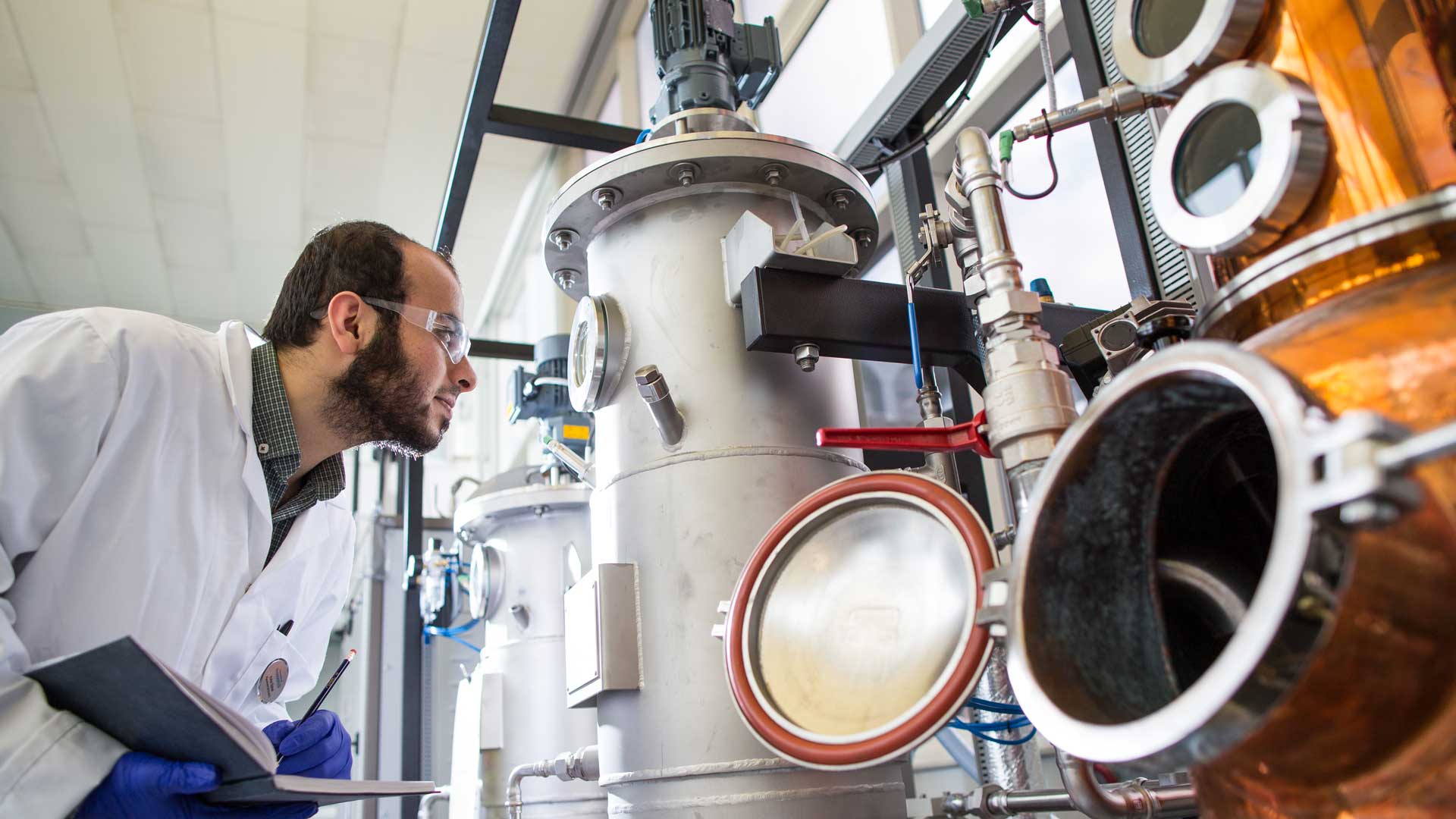
PhD's in Biology, Chemistry, Geography, Pharmaceutical Sciences and Optometry
PhD Studentships in Biology, Chemistry, Geography, Pharmaceutical Sciences and Optometry
The ecological benefits of peatland restoration
Aims to Identify how different drainage dams affect physicochemistry and benthic macroinvertebrates in peatland catchments.
The ecological benefits of peatland restoration in headwater streams
|
Supervisory Team |
Main Supervisor: Dr Tory Milner |
|
Project ID |
FUN01041 |
Summary
This PhD project is part of a wider river and stream restoration project with South Pennines Park, River Holme Connections (RHC), and the Palladium Group. These organisations in collaboration with the University of Huddersfield (UoH) have been awarded funding from DEFRA’s Landscape Recovery scheme. The scheme aims to support river and stream interventions that aid long-term habitat restoration and land-use change to improve biodiversity, water quality and adapt to climate change by contributing to net zero.
South Pennines Park, RHC, the Palladium Group and the UoH are proposing multiple river restoration interventions within the River Holme catchment, in West Yorkshire to restore and create habitat corridors to improve biodiversity and to optimise carbon sequestration. These river restoration interventions include gully blocking, planting sphagnum moss on eroded peat, creating woodland buffer zones by planting native trees and hedgerows within intensely farmed land, and removing weirs on the R. Holme. This PhD project will examine how different types of drainage dams influence physicochemistry and benthic macroinvertebrates in peatland catchments.
Research context
Headwaters comprise a high proportion of the total length of river systems and underpin the ecological functioning of downstream river networks by providing nutrients, organic matter and biota (Wipfli et al., 2007). Climate and land-use change are causing large scale impacts to the physical habitat and aquatic biota of many headwater streams. In the UK, many headwater streams drain peat whereby climatic warming and drainage practices have caused changes in the flow regime, including modifications in baseflow and stormflow run-off patterns, and increased flow peaks (Holden et al., 2006). These changes in the flow regime have partly caused the erosion of exposed peat and initiated changes in the sediment dynamics within peatlands (Holden et al., 2007). Other effects of drainage practices include alterations in solute and nutrient (carbon-bound nitrogen and organically bound phosphorous) concentrations (Ramchunder et al., 2009). Within headwaters draining peat, changes in flow patterns, sediment dynamics and the water quality regime can negatively impact ecosystem biodiversity. Peatlands are the UK’s largest carbon store, but only ~13% of peatlands are in a good condition (DEFRA, 2022). Therefore, the need for peatland restoration practices is important to reverse peat degradation and to inform effective conservation and management strategies.
Common restoration practices to reduce peat erosion in headwaters include installing drainage dams (Armstrong et al., 2009), and re-vegetation by peat forming species (e.g., Sphagnum; Ramchunder, 2012). Drainage dams vary in structure, permeability and material (e.g., stone, timber, and plastic). The main goal of drainage dams is to trap water and/or sediment, slow velocities and/or raise the water table (Moors for the Future Partnership, 2020). Types of drainage dams include peat dams, timber dams, coir log dams, stone dams, plastic dams and heather bales. Previous research has demonstrated increased lower fine bed sediments and suspended sediment concentrations, and increased diversity of benthic macroinvertebrates post dam installation (see Ramchunder et al., 2012). However, there is a lack of research examining how dam structure impacts the recovery of sediment dynamics and benthic macroinvertebrates after restoration. There is also an absence of research identifying the recovery trajectories of aquatic biodiversity post restoration of drainage dams.
Aims and hypotheses
The overall aim of this PhD project is to identify how different drainage dams affect physicochemistry and benthic macroinvertebrates in peatland catchments. Specifically, this PhD project will compare physicochemistry and benthic macroinvertebrates pre and post installation of peat dams, timber dams and coir log dams within artificial drainage networks. Comparisons of physicochemistry and benthic macroinvertebrates are also planned between intact and degraded peatland sites. Lastly, this PhD project will also determine recovery trajectories of restored peatland sites by sampling physicochemistry and benthic macroinvertebrates at drainage dams of different ages (i.e., when dams were installed). The research hypotheses are:
- Streams draining degraded peat will have higher fine particulate organic matter (FPOM), and finer bed sediments in contrast to restored sites and intact peatland sites.
- Macroinvertebrate alpha diversity will be lower and community composition (beta diversity) will differ between degraded peat sites and restored and intact peatland sites due to expected differences in physicochemistry and physical habitat (as described above).
- Macroinvertebrate alpha diversity will be higher, and community composition will differ at sites with increasing time since drainage dam installation.
More information and how to apply
For further details of this PhD Studentship, visit Find a PhD, visit the University's Course Finder page or email Tory Milner.
You can also apply directly via the University's Apply for a research degree page.